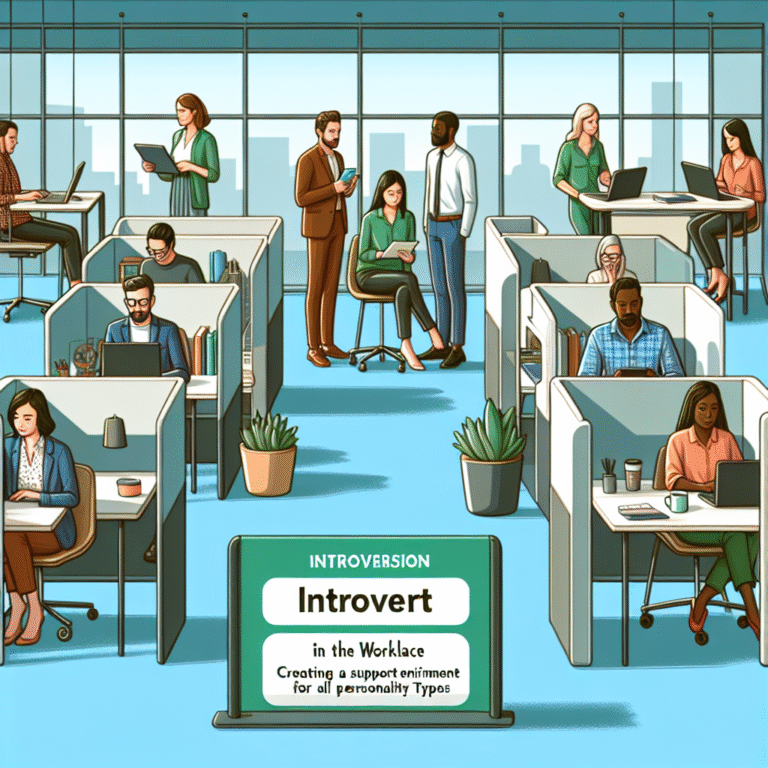
Introduction
In a world brimming with spoken words and overt gestures, there lies an unspoken language that often speaks louder than anything we can articulate. Nonverbal cues, particularly those expressed through our faces, provide a profound insight into our emotions and intentions. The art of reading faces is not just a skill; it’s an essential tool for improving communication, deepening relationships, and enhancing emotional intelligence. As we delve into The Art of Reading Faces: What Nonverbal Cues Reveal About Emotions, we’ll explore how understanding these cues can transform our interactions and lead to more meaningful connections.
The Importance of Nonverbal Communication
Why Nonverbal Cues Matter
Did you know that over 90% of communication is nonverbal? According to studies in psychology, nonverbal cues—like facial expressions, tone of voice, and body language—convey more than the words we speak. This highlights the significance of understanding The Art of Reading Faces: What Nonverbal Cues Reveal About Emotions. When we learn to interpret these cues correctly, we can gain insights into feelings and attitudes, even when nothing is being said.
The Role of Facial Expressions in Communication
Facial expressions are often the most immediate and recognizable form of nonverbal communication. They can reveal basic emotions such as happiness, sadness, anger, fear, surprise, and disgust. A smile can brighten a room, while a furrowed brow can signal distress or confusion. By decoding these expressions, we gain the ability to not only communicate better but also foster empathy.
Table 1: Basic Emotions and Corresponding Facial Expressions
| Emotion | Facial Expression |
|---|---|
| Happiness | Upturned corners of the mouth, squinting eyes |
| Sadness | Downturned mouth, drooping eyelids |
| Anger | Tightened lips, flared nostrils |
| Fear | Wide-open eyes, raised eyebrows |
| Surprise | Raised eyebrows, mouth open |
| Disgust | Wrinkled nose, raised upper lip |
The Science Behind Reading Faces
Understanding the Psychology of Facial Expressions
Psychologists have studied facial expressions for decades, discovering that they often transcend cultural boundaries. Research by Dr. Paul Ekman, a pioneer in the study of emotions and facial expressions, revealed that many expressions are universal. This is crucial when learning The Art of Reading Faces: What Nonverbal Cues Reveal About Emotions; understanding the science behind these expressions allows us to see the common threads that unite us.
The Facial Action Coding System (FACS)
FACS is a comprehensive tool used by experts to categorize every conceivable facial expression based on muscle movements. By using this system, trained individuals can break down facial expressions into specific units called Action Units (AUs), which correspond to the movements of facial muscles.
Case Study: The Effective Use of FACS in a Criminal Justice Setting
In high-stress environments like criminal justice, understanding facial cues can be vital. For example, a study involving police interrogations found that utilizing FACS allowed officers to discern when a suspect was lying. By recognizing subtle facial cues associated with discomfort or deception, officers could adjust their questioning strategies. This underscores the practical applications of The Art of Reading Faces: What Nonverbal Cues Reveal About Emotions in high-stakes scenarios.
Advanced Techniques in Reading Faces
Microexpressions: The Briefest Reveals
Microexpressions are fleeting facial expressions that last only a fraction of a second. They can be immensely revealing, often showing feelings that a person is trying to conceal. To master The Art of Reading Faces: What Nonverbal Cues Reveal About Emotions, one must learn to identify these subtle cues.
Training to Recognize Microexpressions
A popular training program created by Dr. Ekman offers resources to help individuals recognize and respond to microexpressions effectively. By practicing with sample videos and exercises, you can enhance your capacity to read the emotions of others, leading to more empathetic interactions.
Context Matters
Understanding facial expressions is not an isolated skill; it requires context. Someone might smile out of politeness rather than genuine happiness. Observing the environment, vocal tone, and body language surrounding an interaction is essential for accurately interpreting emotions.
The Cultural Dimension of Facial Expressions
Cultural Variations in Nonverbal Cues
While many facial expressions are universal, cultural context can significantly impact how emotions are displayed and interpreted. In some cultures, showing facial emotions is encouraged, while in others, remaining stoic is valued.
Case Study: Cross-Cultural Communication in Business
A multinational company implemented training on facial expression recognition to improve communication among its diverse staff. This initiative not only bridged gaps in understanding but also cultivated an inclusive work environment. Employees learned that a raised eyebrow might indicate surprise in one culture, while in another, it might be a sign of skepticism. By embracing The Art of Reading Faces: What Nonverbal Cues Reveal About Emotions, the company fostered better teamwork and collaboration.
The Practical Applications of Reading Faces
Enhancing Personal Relationships
Understanding nonverbal cues can significantly enhance personal relationships. Whether in friendships, romantic partnerships, or familial bonds, recognizing emotional expressions fosters empathy and connection. Engaging in active listening while observing facial expressions can lead to deeper, more meaningful conversations.
Applications in Professional Settings
In the workplace, the ability to read faces can enhance teamwork, improve customer service, and boost negotiation skills. For instance, sales teams that are proficient in interpreting facial cues can adjust their pitches dynamically, responding to potential objections before they are verbalized.
Practice Makes Perfect: Building Your Skills
Exercises to Improve Your Skills
Exercise 1: Mirror Practice
Spend time in front of a mirror practicing facial expressions of different emotions. This helps both in recognizing expressions and in expressing them effectively.
Exercise 2: Observation in the Wild
Make a habit of observing people in various settings. Try to interpret their emotions based solely on their facial expressions and nonverbal cues. Over time, you will develop a keener instinct for emotional reading.
Exercise 3: Utilize Technology
Many apps are designed to help individuals practice reading facial expressions. Using technology to enhance your skills adds a fun element to learning The Art of Reading Faces: What Nonverbal Cues Reveal About Emotions.
Conclusion
The ability to read faces is more than just an intriguing skill; it’s a powerful tool for improving communication and understanding in our daily lives. By mastering The Art of Reading Faces: What Nonverbal Cues Reveal About Emotions, we can foster deeper connections, enhance our empathy, and create a more harmonious existence with those around us. As you continue your journey in understanding nonverbal communication, remember that practice, patience, and context are key. Every interaction is an opportunity to refine this essential skill.
FAQs
1. What are microexpressions, and why are they important?
Microexpressions are brief, involuntary facial expressions that reveal genuine emotions, often contrary to what someone may verbally express. They are critical for understanding underlying feelings.
2. Can everyone learn to read faces effectively?
Yes! While some may naturally be more adept at picking up nonverbal cues, anyone can learn to read faces through practice and education.
3. How do cultural differences affect facial expressions?
Cultural norms significantly influence how emotions are expressed. What is considered a friendly gesture in one culture may be interpreted differently in another.
4. How can reading faces improve professional relationships?
By understanding facial expressions, professionals can tailor their communication style, empathize with colleagues or clients, and negotiate more effectively.
5. Are there specific exercises to enhance my ability to read faces?
Absolutely! Mirror practice, observational exercises, and utilizing training apps can sharpen your skills in reading nonverbal cues.
By embracing and enhancing The Art of Reading Faces: What Nonverbal Cues Reveal About Emotions, you empower not only yourself but also enrich the relationships you cultivate in all aspects of life.











